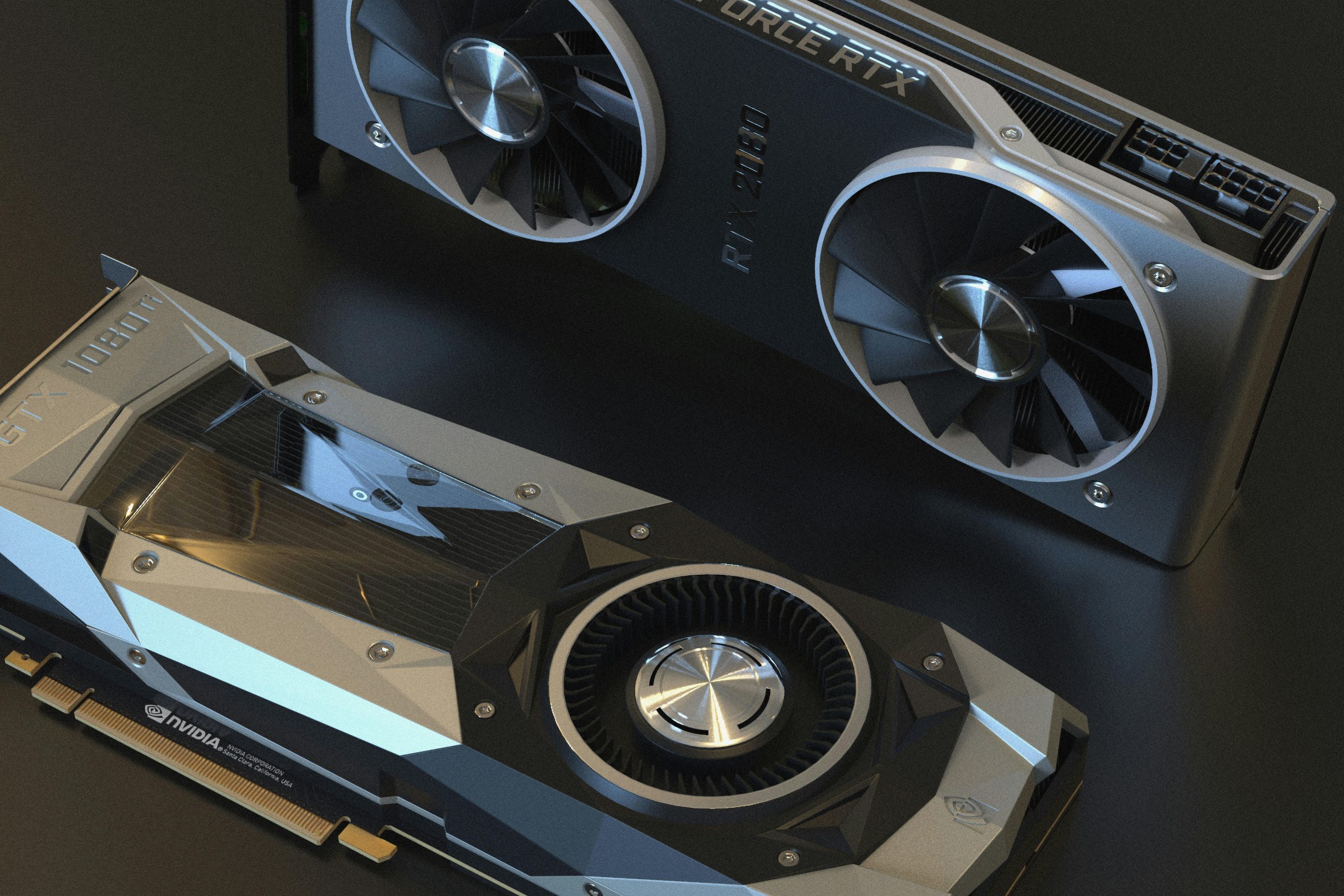Understanding and Troubleshooting the VIDEO_ENGINE_TIMEOUT_DETECTED Error with NVIDIA RTX 5090
Introduction
Experiencing system crashes while gaming can be both frustrating and complex to diagnose, especially with high-end graphics hardware such as NVIDIA’s RTX 5090. Recently, some users have reported encountering the “VIDEO_ENGINE_TIMEOUT_DETECTED” error—a critical issue that leads to a black screen, maximum GPU fan speeds, and system freezes. This article aims to provide a detailed overview of this problem, share insights based on user experiences, and outline effective troubleshooting steps to resolve this issue.
Overview of the Issue
Affected users have observed the following symptoms when playing certain games, notably Split Fiction:
- Sudden black screen during gameplay
- GPU fans operating at 100%
- System becomes unresponsive, requiring a forced reboot
The Windows Event Log typically logs the error: VIDEO_ENGINE_TIMEOUT_DETECTED. While many high-performance gaming systems handle stress tests and other GPU-intensive titles without issues, specific games trigger this timeout error, indicating potential problems between the game, the GPU driver, or hardware stability.
System Configuration (Example)
The typical setup associated with this issue includes:
- Graphics Card: NVIDIA GeForce RTX 5090 32GB (Gigabyte)
- Graphics Driver: Version 576.80 (latest WHQL)
- Processor: AMD Ryzen 7 9800X3D
- Motherboard: MSI MAG B850 TOMAHAWK MAX WIFI (AM5)
- Memory: 96 GB Corsair DDR5 at 6000 MHz
- Power Supply: 1600W Noctua seasonal supply
- Storage: Samsung 980 PRO 4TB NVMe SSD
- Operating System: Windows 11 Professional 64-bit (version 21H2)
What Has Been Tried?
Several troubleshooting steps have been undertaken with no resolution:
- Display Driver Deep Cleanup & Reinstallation: Using Display Driver Uninstaller (DDU) to remove existing drivers before installing the latest WHQL release.
- Disabling Overlays and Background Applications: Turning off NVIDIA overlay, Discord, Xbox Game Bar, and other overlays.
- Adjusting Synchronization Settings: toggling G-Sync and V-Sync both on and off.
- Changing Display Modes: Testing full-screen, borderless windowed, and windowed modes.
- Ensuring Hardware Stability: No overclocking or undervolting applied.
- **
Share this content:



